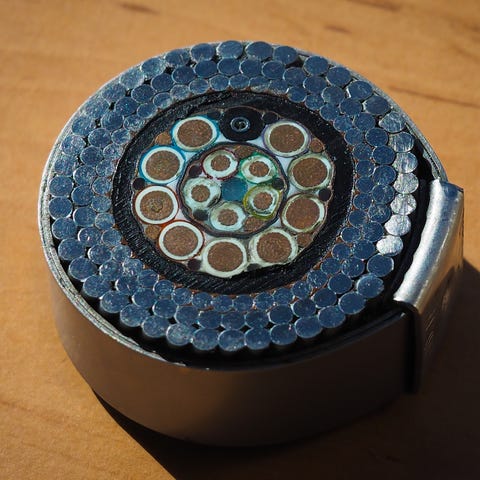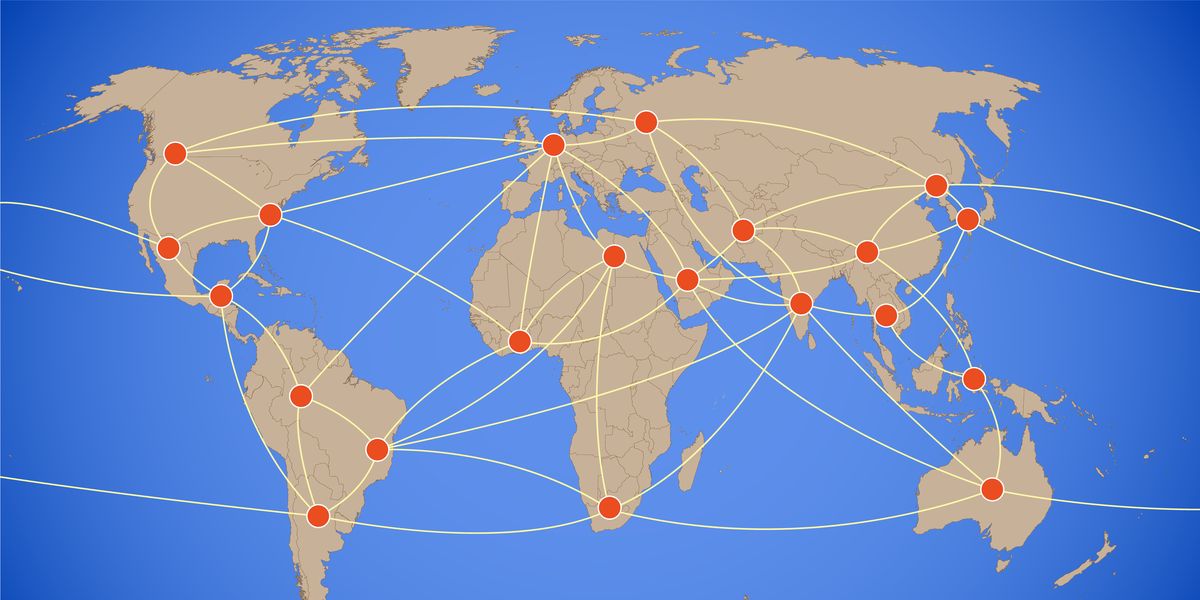
- The U.S. continues to oppose a fiber cable that will directly link the U.S. and Hong Kong.
- Underwater wiretapping is as American as apple pie, but officials say they’re concerned about data being tapped in Hong Kong.
- Fiber is easy to physically hack and must have robust encryption to be safe.
Critics in the U.S. government say a new 8,000-mile cable beneath the Pacific Ocean is bait for foreign spies. But advocates counter that these fears are overblown, and the first direct fiber link from the U.S. to Hong Kong is worth it.
The Department of Justice’s statement lays out the specifics of its objections. The planned cabling connects the U.S. to Hong Kong, Taiwan, and the Philippines. Much of the cabling will be owned by Google and Facebook, but one partner, the Hong Kong-based Pacific Light Data Co. Ltd., is among the largest telecoms in China.
The DoJ approves of everything but the length of cable that will connect to and terminate in Hong Kong, which China contentiously controls. Officials have said they worry that China’s unsubtle espionage will descend on the cable as a point that can be exploited.
Sorting out the politics is difficult. Basically, the fact that China is overly involved in a project that claims to only land in progressive Hong Kong is being viewed as a diplomacy bait-and-switch. And the claim seems to be based on access to the line through traditional means, not by any physical hacking. But how could a hacker target an undersea fiber optic cable?
This international situation is complex and messy, but there are two key ideas at the very heart of it.
First, all international telecommunications infrastructure involves huge undersea cables—that part isn’t new or novel for this project. Second, despite planned redundancies among these cable systems, it’s hypothetically possible for someone to hack an undersea cable through data or even the old fashioned way: by literally hacking into it with a tap or other penetrative tech.
So-called “submarine” cables don’t just lie on the surface of the ocean floor. They’re laid into trenches that are dug by special machines. A digging rig is attached to a surface ship and then towed, similar to how a farming implement drags a plow attachment across a field. Once the cable is laid in the trench, natural motions on the sea floor cover the trench with sand and murk.

There are thousands of cables that run underwater to make one overall network. Most nations have legal boundaries that extend a few miles offshore, and these zones are usually part of the continental shelf—the shallow area of ocean that’s still part of the North American landmass, for example, before it falls off into the deep sea.
But the vast majority of the length of undersea cables is in almost lawless international waters. And the toothless nature of the international laws that do protect the lines mean that enemies begin to cut these lines as soon as it suits them. The think tank National Interest reported in 2018:
“U.S. submarines actually pioneered the art of tapping into submarine cables decades earlier. In fact, the USS Jimmy Carter, one of only three super-advanced Sea Wolf class submarines built, has been specially modified to perform such missions.”
Telecom infrastructure supplier Ciena says frankly, “Have you ever set up a new smartphone? Changed your car’s air filter? Then chances are you could tap a fiber line faster than it would take to install a new update on your iPhone.” Ciena has an agenda because it’s selling an optical software solution to prevent this kind of physical data loss, but the company is right: It’s simple to tap into a fiber line without a lot of protection.
fiber connections that they must have robust encryption.





